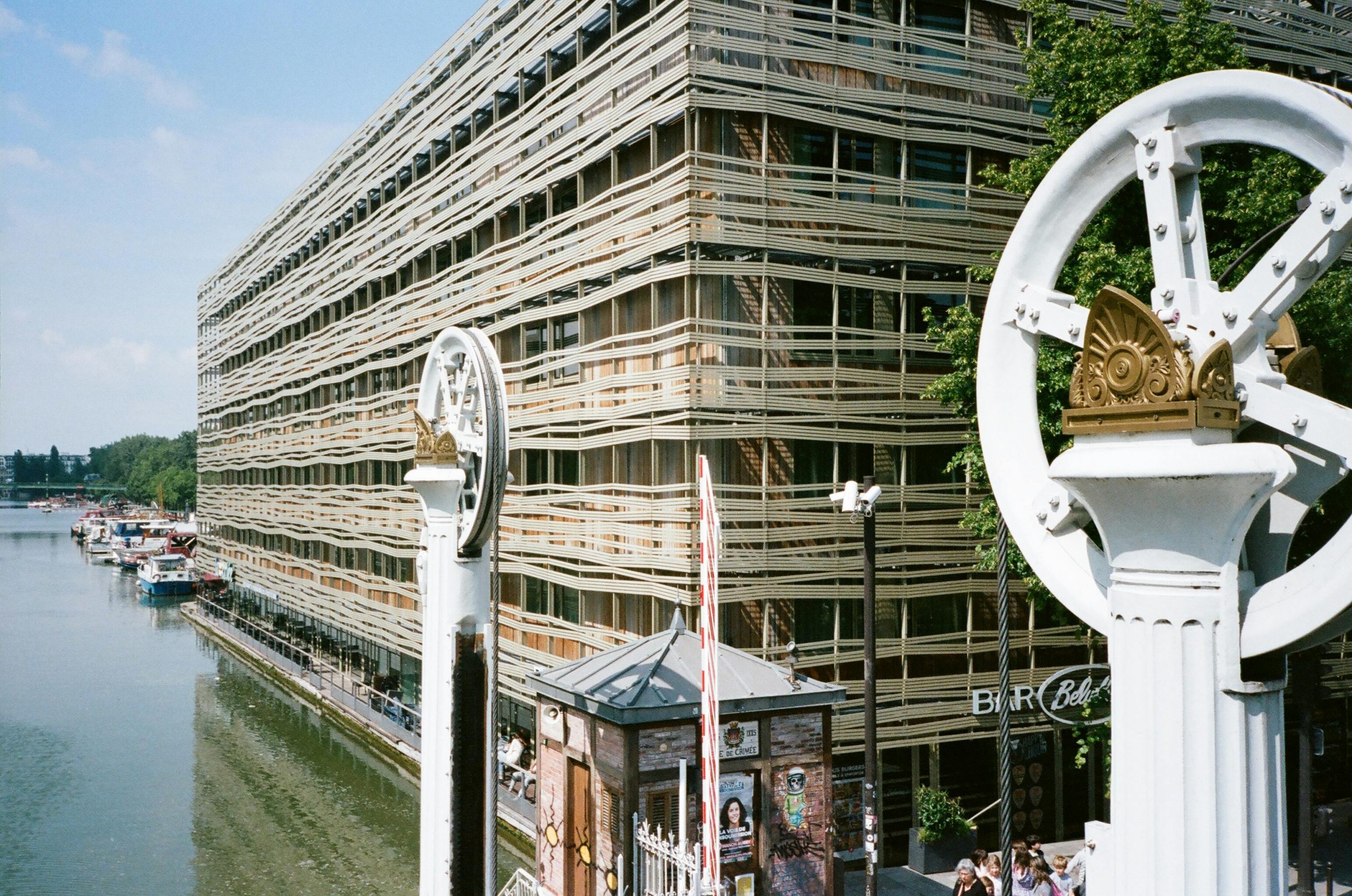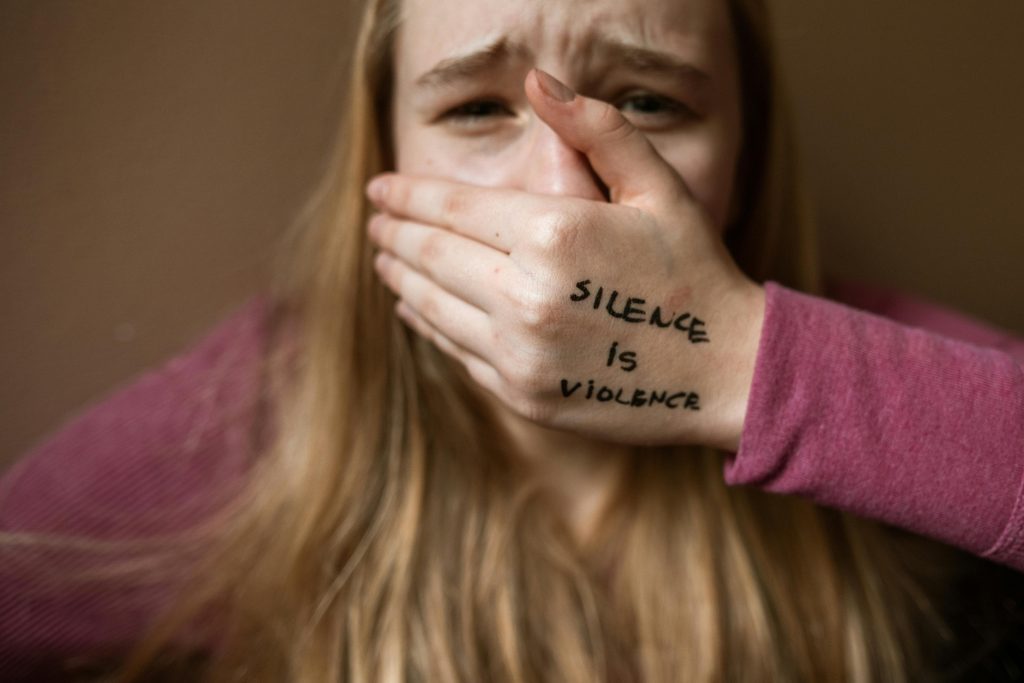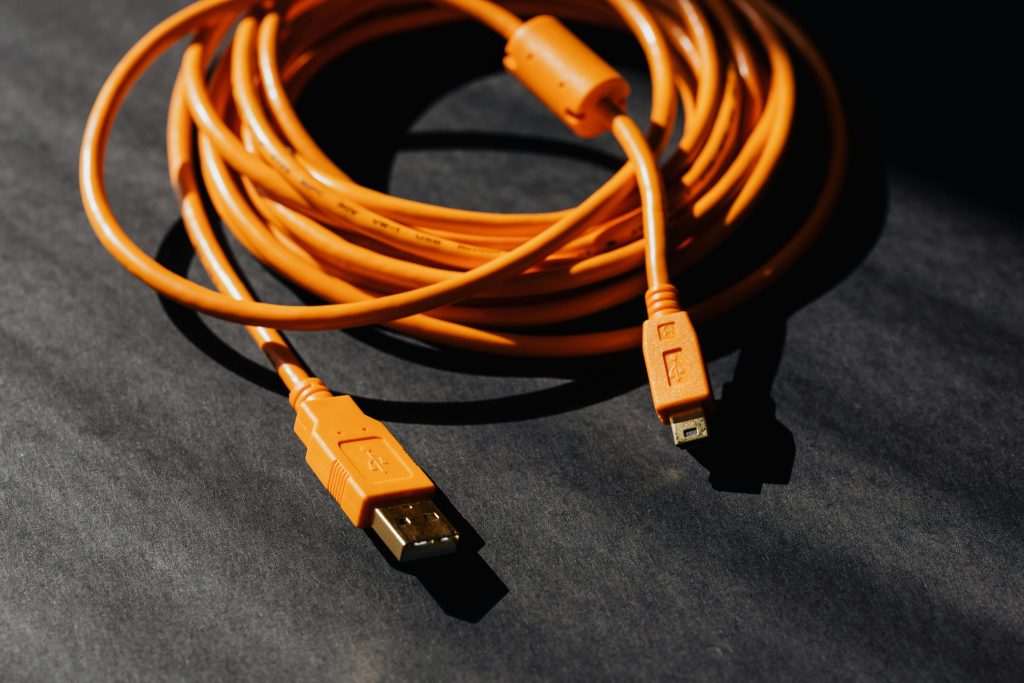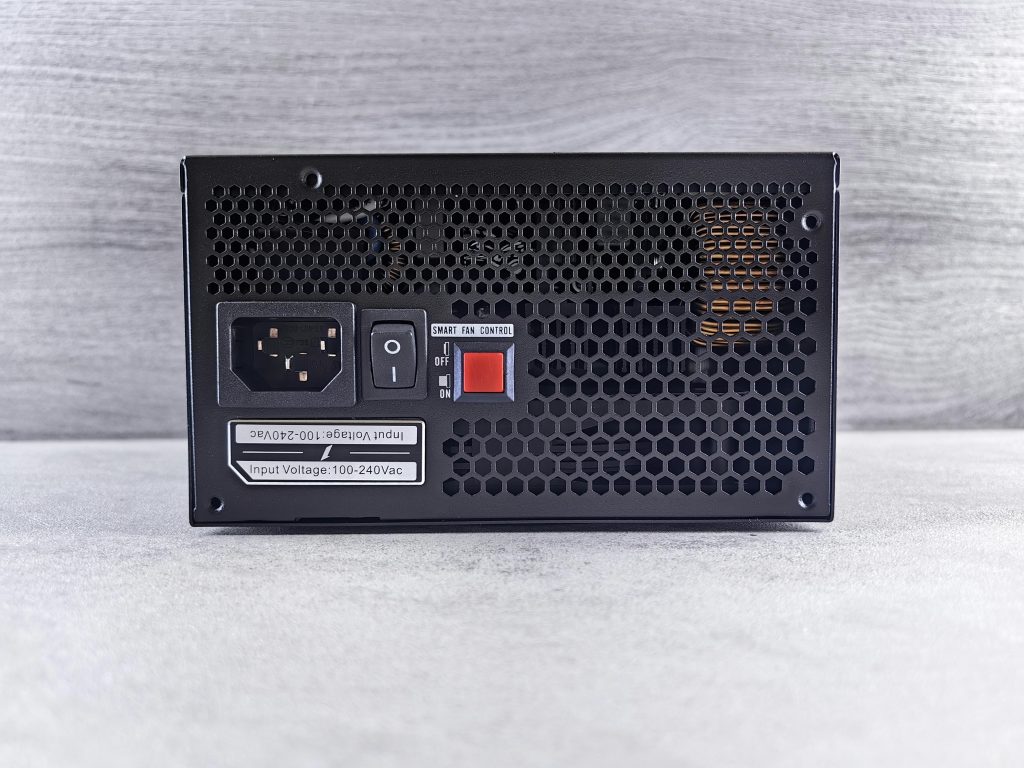Troubleshooting HDMI Connectivity Issues After a Windows Update
Experiencing display problems following a system update can be frustrating. Recently, many users have reported HDMI port issues emerging after updating their Windows operating system. If you find yourself in a similar situation—where your monitor suddenly stops displaying content after a recent Windows update—this guide aims to help you diagnose and resolve the problem efficiently.
Understanding the Issue
In this scenario, the user upgraded their Windows OS a couple of days ago. Post-update, one of their monitors connected via HDMI to HDMI no longer displays output. Interestingly, the other monitor, which connects via HDMI to DisplayPort, continues to function properly despite swapping the cables. The problem only occurs with the specific HDMI-to-HDMI connection, where the monitor displays a black screen with a “no input” message.
Potential Causes
Various factors can contribute to HDMI connectivity issues following a Windows update:
- Outdated or incompatible graphics drivers
- Changes in display settings due to the update
- Hardware recognition issues
- Faulty or damaged HDMI cables or ports
- Resolution or refresh rate conflicts
Step-by-Step Troubleshooting Guide
- Check Hardware Connections
- Ensure the HDMI cable is securely connected to both the monitor and the computer.
- Test the HDMI cable with another device to verify it is functioning properly.
-
Try using a different HDMI port on your computer if available.
-
Restart Your System
-
A simple reboot can resolve recognition issues resulting from the update.
-
Update Graphics Drivers
- Navigate to your graphics card manufacturer’s website (NVIDIA, AMD, Intel).
- Download and install the latest driver compatible with your hardware.
-
Alternatively, use the Device Manager:
- Press Windows + X and select ‘Device Manager.’
- Expand ‘Display adapters.’
- Right-click your graphics device and select ‘Update driver.’
-
Reconfigure Display Settings
- Right-click on the desktop and select ‘Display settings.’
- Detect displays and verify that your monitor appears correctly.
- Adjust resolution and refresh rate if necessary.
-
Ensure the correct display output (duplicate or extended) is selected.
-
Roll Back Windows Update (If Necessary)
- If the problem started immediately after a recent update, consider uninstalling the update:
- Go to Settings > Update & Security > Windows Update.
- Click ‘View update history’ > ‘Uninstall updates.’
- Select the latest update and uninstall it.
Share this content:



